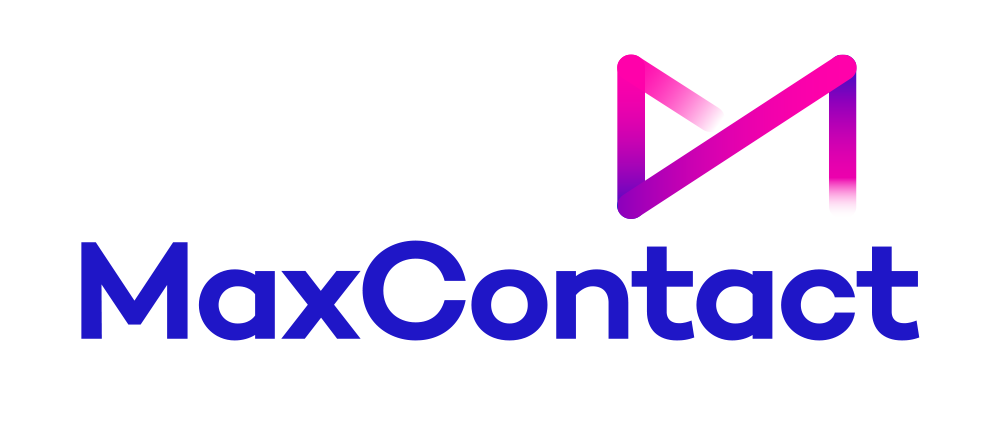The Ultimate Guide to Skills-Based Routing
Skills-based routing is a smart call routing strategy that makes sure customer queries are directed to the most suitable agent based on their skill set and expertise.
Unlike traditional routing systems that rely on factors such as call volume or agent availability, skills-based routing focuses on matching each customer interaction with the agent best equipped to handle it, thereby improving both customer satisfaction and operational productivity.
Here’s a detailed guide on how skills-based routing works, its benefits, implementation, and best practices.
What is Skills-Based Routing?
Skills-based routing (SBR) is a system that directs incoming calls, chats, or requests to contact centre agents based on their specific skills, knowledge, and experience.
This means that customers are connected to the agent most capable of resolving their issue, rather than being routed based solely on availability or call volume.
The routing process is typically governed by a set of predefined rules that define the necessary skills for a specific task.
For example, a customer calling to inquire about a complex billing issue may be routed to an agent with expertise in billing and account management, while a simpler query about a product's features would be directed to an agent with knowledge of the product catalogue.
How Does Skills-Based Routing Work?
Skills-based routing is a process that ensures customer queries are handled by the most qualified agents.
From the moment a customer reaches out to the final resolution, the system works behind the scenes to assess, match, and route each interaction based on skill requirements and agent capabilities. Here’s a breakdown of how it all works in practice.
Customer Interaction Initiation
The process begins when a customer interacts with your contact centre, whether via phone, email, chat, or other communication channels.
The system captures relevant details, such as the type of query, issue, or request, either through customer input or automated systems like IVR (Interactive Voice Response).
Skill Identification
Based on the customer’s inquiry, the system identifies the skills needed to address the request. This can include:
- Product knowledge
- Technical expertise
- Billing or account management experience
- Language proficiency
- Sales expertise
- Customer service skills
Routing Criteria Setup
Contact centres define the skills required for different types of customer interactions.
For example, a support query about a product might require knowledge of the product line, while a billing issue might require familiarity with payment systems. These criteria are pre-programmed into the system.
Agent Profiling and Skill Assignment
Each agent is assigned specific skills based on their experience, training, and knowledge. The system stores agent profiles that define their competencies and match them with the required skills for different customer queries.
For example, an agent who is proficient in French may be assigned the language skill to handle French-speaking customers.
Routing Decision
Once the skills required for a query are determined, the system assesses available agents based on their skill set.
The call or request is routed to the agent whose skill profile best matches the customer's needs.
If the appropriate agent is unavailable, the system may either queue the customer for the next available agent with the required skills or prioritise based on factors like urgency or service level agreements (SLAs).
Agent Handling and Customer Satisfaction
After being routed to the appropriate agent, the agent handles the interaction based on their expertise.
The customer receives more personalised service, and their issue is likely resolved faster and more accurately, which leads to higher customer satisfaction.
Types of Skills-Based Routing
Skills-based routing (SBR) can be implemented in various ways depending on the needs of the contact centre and the complexity of customer queries. Below are the most common types:
1. Attribute-Based Routing
This method matches customers to agents based on specific attributes such as language, technical expertise, or product knowledge. For example, a customer needing support in Spanish would be routed to a Spanish-speaking agent.
2. Proficiency-Based Routing
In this approach, agents are assigned proficiency levels for different skills (e.g. beginner, intermediate, expert). The system uses these ratings to route more complex or high-priority inquiries to the most capable agents.
3. Queue-Based Routing
Contacts are placed in different queues based on their issue type or customer profile, and each queue is serviced by agents with the appropriate skill set. This is ideal for organisations with distinct departments or service lines.
4. AI-Driven or Intelligent Routing
Using artificial intelligence and machine learning, this method analyses past interactions and behavioural patterns to predict the best agent to handle the inquiry, often in real-time. It offers a more dynamic and predictive approach to routing.
5. Multiskill Routing
Some agents have multiple skill sets and can handle a variety of queries. Multiskill routing ensures these agents are used efficiently by allowing them to handle different types of interactions based on priority and availability.
Benefits of Skills-Based Routing
Implementing skills-based routing in your contact centre doesn't just streamline operations; it brings a wide range of benefits for both customers and agents.
Higher First-Call Resolution (FCR)
By connecting customers with the right agent from the start, skills-based routing reduces the chances of transfers and escalations, leading to higher first-call resolution rates.
Customer Satisfaction
Customers are more satisfied when they speak to an agent who understands their issue. This leads to better service, more positive experiences, and improved customer loyalty.
Better Resource Allocation
Skills-based routing allows contact centres to allocate resources more effectively by ensuring that agents with specific skill sets are utilised optimally. This prevents underutilisation or overburdening of agents.
Scalability
As contact centres grow, skills-based routing systems can be scaled to accommodate new skills, channels, or agents. This ensures that the routing process remains efficient and accurate even as the team expands.
Best Practices for Implementing Skills-Based Routing
Skills-based routing brings many advantages to contact centres, improving the customer experience and operational productivity. Below are some of the main benefits of implementing skills-based routing in your contact centre.
|
Best Practice |
Why It Matters |
|
Regularly Update Skills |
Keeps agent profiles accurate as new skills are developed |
|
Define Clear Skill Categories |
Aligns routing logic with business goals and customer needs |
|
Monitor Performance |
Helps optimise routing with real-time feedback and metrics |
|
Integrate with Other Systems |
Improves accuracy and context by linking with CRM and other platforms |
|
Use AI and Automation |
Continuously refines routing using historical data and machine learning |
Drive Success with MaxContact
Skills-based routing is a powerful tool that helps contact centres deliver higher-quality service by matching customers with the right agent based on their skills and expertise.
Implementing an effective skills-based routing system means businesses can improve customer satisfaction, increase agent productivity, and optimise resource allocation.
As technology continues to advance, the integration of AI and machine learning will only further improve the capabilities of skills-based routing, making it a must-have strategy for modern contact centres. Want to see it in action? Request a demo with MaxContact Australia today.
Frequently Asked Questions
What is the difference between skills-based routing and automatic call distribution?
Skills-based routing directs customer interactions to agents with the specific expertise needed to address the query, while automatic call distribution (ACD) simply routes calls based on predefined rules, such as the next available agent, without considering their skill set.
How does skills-based routing differ from queue-based routing?
Skills-based routing assigns interactions to agents based on their skills, while queue-based routing places customers in queues until an agent becomes available, often without regard to the agent’s expertise.
When should a company consider implementing skills-based routing?
Companies should consider skills-based routing when they want to improve customer satisfaction by ensuring that customers are connected to agents best equipped to handle their specific needs, especially in environments with complex or varied inquiries.
Can you give an example of skills-based routing in action?
For instance, if a customer calls about a technical issue, skills-based routing might direct the call to an agent with technical support expertise, rather than a general customer service agent, ensuring a quicker and more effective resolution.
How does the skills-based routing algorithm work?
The skills-based routing algorithm evaluates customer inquiries, matches them with available agents who possess the necessary skills, and routes the interaction to the most suitable agent based on factors like expertise, availability, and workload.
.png)
From the blog







